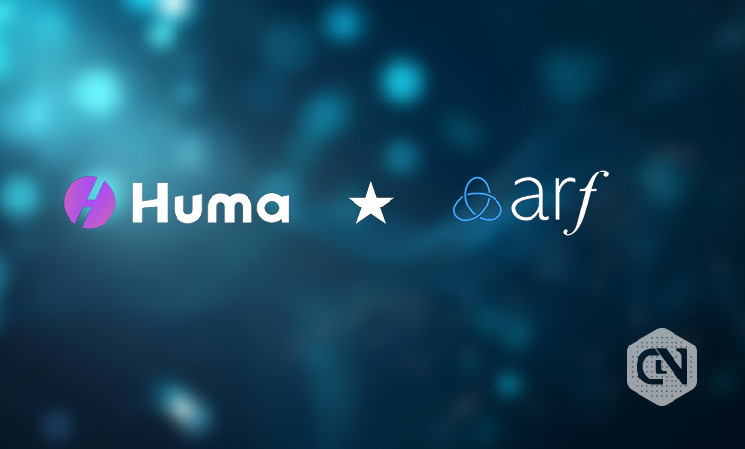
The merger of Huma Finance and Arf, two cutting-edge blockchain financial services platforms, was officially announced recently. This breakthrough indicates a major step in pursuing their joint mission of reshaping global economic exchange. These collaborations will significantly improve the landscape of blockchain-based financial services and likely reach a liquidity volume of more than $3 billion by 2024.
The problem of cross-border money transfer is intricate. It includes several factors, such as clearing systems of various countries where not all of them follow the same financial standards and specific laws of each country. As of now, about $4 trillion of money is held within treasury accounts all over the globe. This sum looks trivial to some people, but it expends much energy on the payment system and financial institutions. Addressing these challenges, the two businesses partnered up in 2023 with support from the Stellar Development Foundation. The parties’ collaboration aimed to create an on-demand liquidity solution by using Circle’s stablecoins USDC and tokenized assets in the real world.
Consequently, this partnership has facilitated trade worth over $1 billion across the borders to go on effectively. The demand for these innovative solutions is overwhelming as the top international payment companies want to buy $500 million of these products monthly. By merging Arf’s abilities in liquidity management with Huma’s great tokenization platform, the new entity intends to use the latest entity to revolutionize the business and individual payment processes. This integration would decrease the pressure on working capital by eliminating the need for capital outflow.
Co-founder and CEO of Arf, Ali Erhat Nalbant, also gave his opinion on this matter, stating that their company’s main goal was to create a financial system that would be easily accessible to everybody. While they set their minds on eliminating poverty in the following decade, billions of people are expected to enjoy the same rights. They will bring their liquidity resource with Huma’s state-of-the-art asset-based blockchain technology. This will increase the visibility of financial institutions, and they will be able to be more transparent and, thus, compliant with the regulations in the blockchain.
Erbil Karaman, one of the co-founders and co-CEOs of Huma Finance, highlighted the big picture of their partnership. As indicated by Huma, the primary goal is to use blockchain technology to its fullest potential to bring about significant changes in the real world.
One billion individuals worldwide stand to benefit from international settlements, and this number is set to increase as more individuals embrace digital employment globally.
Together with Arf, we would like to widen the sphere of people who can use fast, transparent, and readily available liquidity solutions for their financial activities.
With time, Arf and Huma demonstrate a deep and ever-increasing commitment to offering more liquidity solutions, integrating new applications, and solidifying their position as leaders in financial technology flow. This purposeful partnership not only makes traditional banking obsolete but also tries to expand the reach and participation of the unbanked people in the financial systems.
